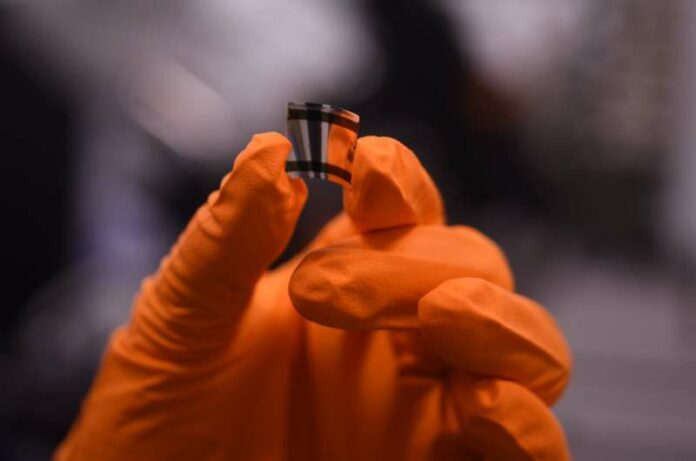New materials created at the University of Surrey may pave the way for a new generation of flexible X-ray detectors. They range from cancer therapy to improved airport scanners.
X-ray detectors have traditionally been composed of heavy, rigid materials such as silicon or germanium. New, flexible detectors are less expensive and can be bent to scan things, boosting accuracy when screening patients. In addition, lowering danger when imaging tumours and giving radiotherapy.
Dr. Prabodhi Nanayakkara, who led the study, said,
This new material is flexible, low-cost, and sensitive. But what’s exciting is that this material is tissue equivalent. This paves the way for live dosimetry, which just isn’t possible with current technology.
If a broad area needs to be covered, most X-ray detectors on the market are heavy, rigid, energy-consuming, and expensive.
Organic semiconductors are composed of hydrogen and carbon. In addition, they also provide a flexible alternative. However, they do not create as detailed an X-ray image as classic detectors.
To address this issue, researchers at the University of Surrey’s Advanced Technology Institute built ink-based devices by combining modest quantities of high-atomic-number elements with an organic semiconductor.
Based on prior research in this sector, the team’s new detector acts more like human flesh under X-rays, potentially leading to new, safer approaches for administering radiation, mammography, and radiography. The paper is published in Advanced Science, “Tissue equivalent curved organic X-ray detectors utilizing high atomic number polythiophene analogs,”
Professor Ravi Silva said,
This new technology could be used in a variety of settings, such as radiotherapy, scanning historical artifacts and in security scanners. The University of Surrey together with its spin out SilverRay Ltd continues to lead the way in flexible X-ray detectors—we’re pleased to see the technology shows real promise for a range of uses.
Co-author professor Martin Heeney further added,
We have been developing heavy analogs of traditional organic semiconductors for some time, and we were intrigued when Dr. Imalka Jayawardena suggested their application in X-ray detectors. These results are very exciting, especially considering this was the first material investigated, and there is plenty of scope for further improvements.




